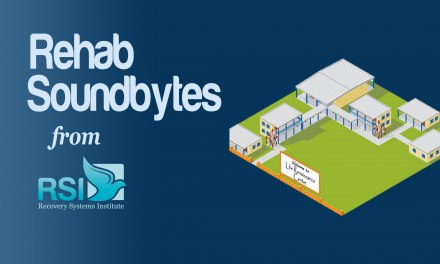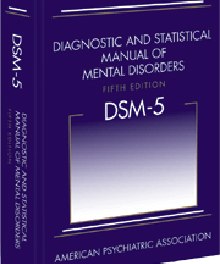From an interview that William White conducted with William Miller of Motivational Interviewing fame:
Bill Miller: “…the more you confront, the more you evoke client defensiveness and resistance, which in turn predicts lack of change. Both correlational and experimental studies have shown clearly that more confrontational counseling yields greater resistance, and that’s not only true in addiction treatment… we could predict the amount that clients would be drinking from a single therapist behavior: the more the counselor confronted, the more the client drank. And as I mentioned before, controlled clinical trials of confrontational approaches are overwhelmingly negative.”
That’s typical of some of the bad pub that confrontation has been getting in recent years. Certainly I’ve seen confrontation in situations where it seemed to do more harm than good. I’ve also seen confrontation in other situations where it seemed to significantly advance the goals of treatment. So what’s the difference? Maybe it’s in how confrontation is used.
By “confrontation,” I simply mean challenging the addicted client on some aspect of behavior.
Below are links to two videos that illustrate two very different methods. One features Carl Rogers, the developer of client-centered therapy. The other involves Albert Ellis, a key figure in the development of cognitive-behavioral approaches. The differences in their approach are most instructive.
Where Dr. Rogers is friendly and engaging, Ellis is actually argumentative. Gloria, the patient, smiles and nods at Rogers, and wears a seemingly permanent frown in Ellis’ company. We can’t help but think she’d be more likely to continue therapy with Rogers.
But does that mean she’s actually getting more out of the therapeutic experience? Dr. Miller would presumably say she is. Still, simply retaining someone in treatment isn’t necessarily leading to long-term changes in their behavior, is it?
Most therapists seem to prefer one style over the other, and are prone to vigorously supporting their preference. I can see productive uses for both.













